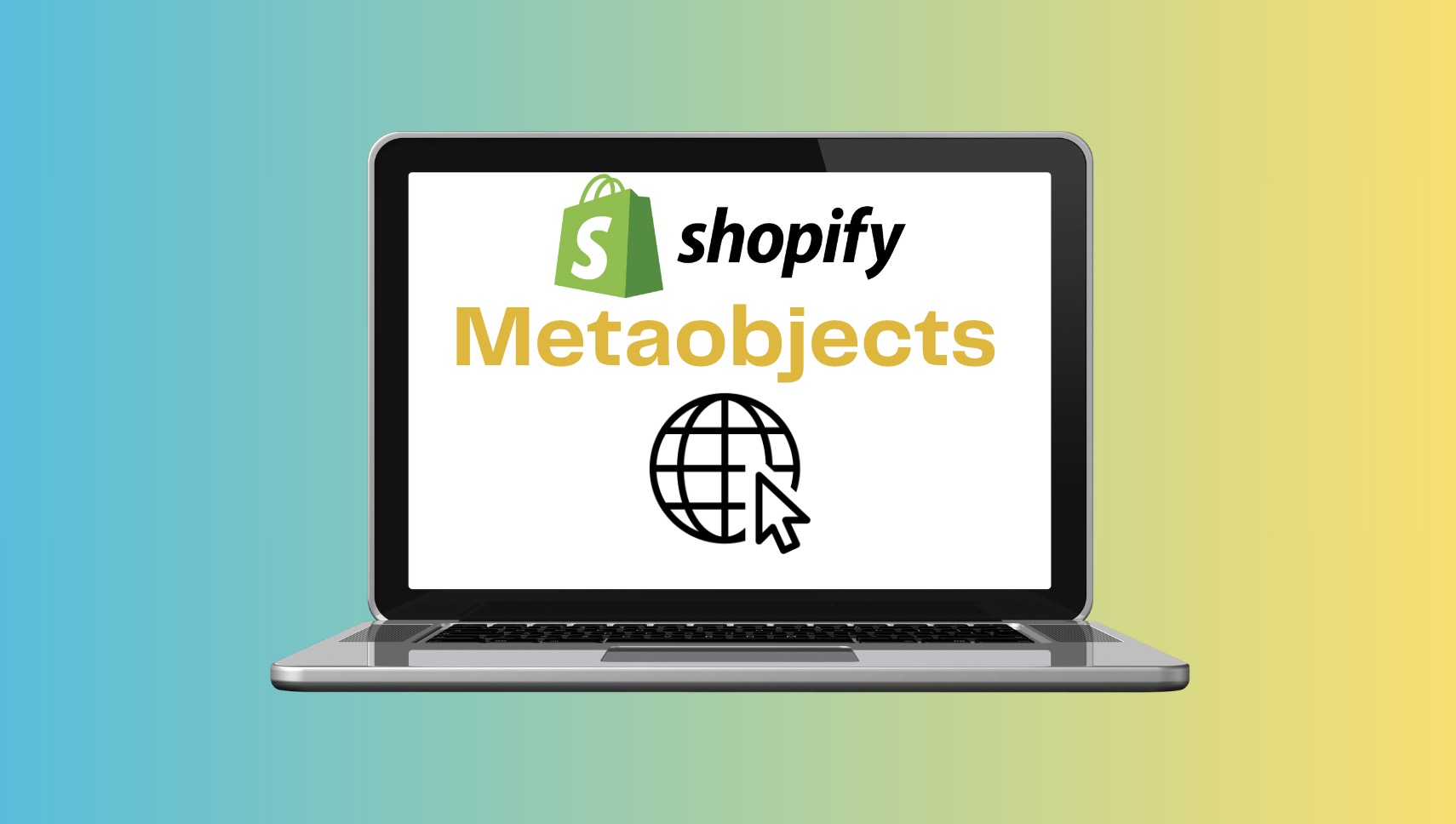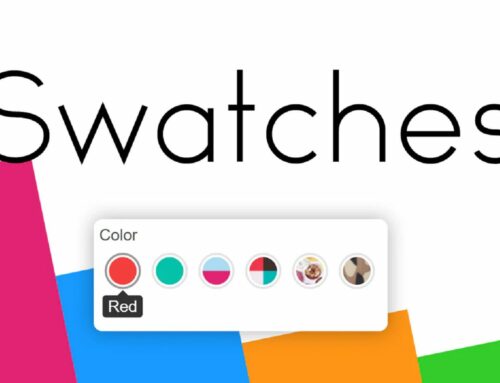Are you looking to take your Shopify store customization to the next level but not sure where to start? Metaobjects may be just what you need. Metaobjects allow store owners to expand on Shopify’s existing features by adding customized fields, options, and functionality. With Shopify Metaobjects, you have nearly unlimited flexibility to tailor your store exactly how you want it.
In this blog post, BSS Commerce will demystify Shopify Metaobjects by walking through what they are, common use cases, and how to create your own. By the time you finish reading, you’ll have everything you need to get started enhancing your store with powerful metaobject capabilities. Let’s get started learning about this hidden Shopify gem!
Contents
What are Shopify Metaobjects?
Shopify Metaobjects are a tool for store owners and app developers to extend the data structures built into Shopify stores. Imagine if standard product information wasn’t enough and you want to add information like size charts, clothing styles, or ambassador profiles for your products. Shopify Metaobjects allow you to define this custom data structure, store information and potentially results through your products, collections, or allow you to interact with other parts of your repository and this allows you to create rich data models that better reflect the specific needs of your business.
Why Should You Use Shopify Metaobjects?
Better Data Organization
Structured Content Management
Shopify Metaobjects can help you categorize and manipulate content in a more efficient way. Custom fields allow you to organize your store’s data in a way that works for your business and your store. This approach is useful in maintaining order in your product descriptions, blog posts, and other content you create.
Simplified Data Relationships
With Metaobjects, you can establish links between different types of content. This means you can associate products with similar blog posts, tutorials, or customer reviews, thus making your store more organized and easy to navigate. These relationships make your store more intuitive.
Improved Customization Options
Tailored User Experiences
Metaobjects enable you to tailor your store to its customers, which is beneficial for both you and them. Through custom fields and data relations, you can develop unique shopping experiences that are in line with customers’ tendencies and needs, enhancing their satisfaction and, consequently, increasing sales.
Flexible Design and Functionality
Shopify Metaobjects are flexible, which implies that you can enhance the functionality of your Shopify store without necessarily having to rely on third-party apps and custom codes. You can design your store to have a specific look and feel that is in line with your brand and its goals, which makes your store more flexible and responsive.
Enhanced SEO Capabilities
SEO-Friendly Content Structuring

Metaobjects assist in enhancing SEO since they enable one to organize content in a format that is easily recognizable by the search engines. Tightening up your data into well-defined fields also helps search engine spiders to index your site better, which can improve your search engine ranking.
Rich Snippets and Metadata
With Shopify Metaobjects, you can improve your site’s metadata and build up the so-called rich snippets. These are additional pieces of information that show up in the search results and provide more details about your products or articles. Rich snippets can help you to get more clicks and drive more people to your store organically.
Streamlined Development Process
Developer-Friendly Tools
Metaobjects make it easy and fast for developers to work with Shopify’s data as compared to other methods. The fact that it is possible to create and update the fields in the program means that there is less work to be done manually, which is beneficial to the development process.
Consistent API Access
Shopify Metaobjects are available through APIs in Shopify, which offer stable and uniform access to the custom data. This makes it easier to integrate with other systems and tools, which will enhance the development process.
Differences between Metaobjects and Metafields
| Aspect | Metaobjects | Metafields |
| Definition and Purpose | Shopify Metaobjects are complex data storage formats that have been developed by Shopify to enable handling of related data. They can be used to create custom objects with more than simply one field, making the data management more intricate. | Metafields are flexible and more extended attributes that could be attached to different Shopify resources such as product, collection, customer, etc. They are the extensions of the basic data model of Shopify and contain custom data. |
| Structure | Metaobjects contain several fields which may have their own data types (string, integer, date, etc. ) and/or validation rules. They are suitable for data structuring that involves the use of nested structures and for relational data. | Metafields have a format of a key, value and type which could be a string, integer, or JSON. They are not relational or nested by default which makes them suitable for adding simple custom properties into Shopify objects. |
| Use Cases | Shopify Metaobjects are perfect for cases when you need to work with data and their connections, for example, if you want to create a detailed FAQ section, where the questions and answers will be placed, or if you need to describe the database of the company’s stores with addresses and working hours or if you have to create a form for customers’ opinions with many fields for inputting data. | Metafields can be used for less complex operations and are employed when you need to add a message about the product shipment to the product details, specify the unique product number or manufacturer information, or enter the URL address of an additional product image. The advantages of using entity-attribute-value model are as follows: It is most suited for simple additions of data. |
| Flexibility and Extensibility | Metaobjects provide a high level of flexibility and expandability, and can process enhanced data types and structures. They allow developers to build complex customizations of features and data models which can be used throughout the store on the Shopify platform. | Metafields are less flexible when compared to Metaobjects but are useful for simple data augmentation. They are appropriate for appending data elements that require no additional associations in terms of the model. |
| Integration and Usage | Speculative work on Managing Metaobjects could be complicated and hence call for higher development skills. They are usually defined and controlled through the Shopify Admin API, or other applications that might be developed for the platform. Metaobjects can easily work within Shopify’s Liquid template language to allow for dynamic and complex data representation on storefronts. | Metafields are also comparatively more convenient in terms of integration and management. They can typically be inserted and edited on the site directly through the Shopify admin panel or through Metafield-specific applications. It also supports integration with Shopify’s Liquid template language, but it is not as extensive in terms of data complexity. |
How to build and use Metaobjects?
Step 1: Create a metaobject

In the Shopify Admin, navigate to the left sidebar and select Content > Metaobjects.
Click on the Add definition button. This action will prompt you to name the metaobject. It is recommended to use a name that reflects the content it will hold, as this name will be used later when referencing the metaobject. For instance, if the metaobject will store data about different clothing brands, “Brand” would be a suitable name.
Next, define the necessary fields for the metaobject. These fields will store the specific information associated with each metaobject entry. Using the “Brand” example, relevant fields could include “Brand Name” (text field), “Brand Logo” (image field), and “Brand Description” (text field). Once the fields are defined, save the metaobject.
Step 2: Create entries
After creating the metaobject definition, the next step is to create individual entries. On the Metaobjects page, click on Add entry. Select the desired metaobject definition from the list. This action will open a form where you input data for each field defined in the metaobject.

Let’s continue with the “Brand” metaobject example: To create an entry for a specific brand, you would input the brand’s name in the “Brand Name” field, upload the brand’s logo in the “Brand Logo” field, and provide a concise description of the brand in the “Brand Description” field. Repeat this process for every brand you want to feature in your store.
Step 3: Create a metafield definition
Navigate to Settings > Custom Data in your Shopify Admin. Since you want to link the metaobject to products, proceed to Products > Add definition. Assign a descriptive name to your metafield.

For example, “Brand Information” would be appropriate. Under “Select type,” scroll down to the “Reference” heading, choose “Metaobject,” and select the relevant metaobject definition, which in this example would be “Brand.” Finally, click “Save.”
Step 4: Connect your products to the entries
Go to the product editor for the product you want to associate with a metaobject entry. Scroll down to the metafields section and locate the metafield you just created.
You’ll be prompted to “Select entry.” Choose the appropriate entry from the list of entries associated with the connected metaobject. In this case, you would select the corresponding brand entry for the product. Repeat this step for all products you want to link to metaobject entries.
Step 5: Publishing your entries to your online store
Go to Online Store > Themes in your Shopify admin.
Select the theme you want to customize and click on the “Customize” button.
This will open the theme customization menu. Here, choose the specific section of your store where you want the Metaobject content to appear (e.g. product page, collection page).
To add the Metaobject entries, click the “Add section” button located in the left sidebar menu.
Drag and drop the new section component to the desired location on your store page layout where it will be displayed.
This embedded section can now be populated with content from the Metaobject entries, which will dynamically update wherever that section is used in the theme.
2 Ways to Display Metaobjects on Your Shopify Pages
With Theme Editor
Within the Theme Editor, after adding the desired section to a page, select the specific section element where you want to display the metaobject data. Remove any default data in the element’s settings and click the “Connect dynamic source” button.

Then, navigate through the options: Product > Metaobject and choose the specific field you wish to showcase. Shopify will initially show a preview using your first metaobject entry, but after saving, the information displayed will dynamically adapt based on the metaobject entry linked to each product.
With Shopify Liquid
Display a List of Metaobjects: Create a new section file (e.g., “artist-list.liquid”) and include schema code to enable adding this section to a page template. Above the schema code, add Liquid code that iterates through the desired metaobject and displays the information from each entry. You can then create a corresponding page template and add this new section to display the list of Shopify metaobjects.
Display Metaobject on Individual Pages: This approach involves creating a dedicated page for each metaobject entry and displaying the relevant information. First, you need to establish a Page Metafield that connects to the metaobject definition. Then, create individual pages for each metaobject entry and link them to the corresponding metafield entry.
Next, create a new section in your theme code (e.g., artist-feature.liquid”) with schema code. Include Liquid code that retrieves and displays the data from the metaobject entry assigned to the page. Finally, create a page template for these individual pages, add the new section to the template, and link each page to this template to display the specific metaobject information.
Final words
Shopify metaobjects make it easy for store owners to organize their store’s info. By creating custom “objects” with different fields, you have more control over how you manage products, customer profiles and more. This freedom helps you make the shopping experience more fun and personalized for customers.
At BSS Commerce, we know innovation is important for online stores to succeed. Tools like Shopify metaobjects really help improve your business when used right. Hope our step-by-step how to add metaobjects to your Shopify site helps you use this handy feature more simply.




